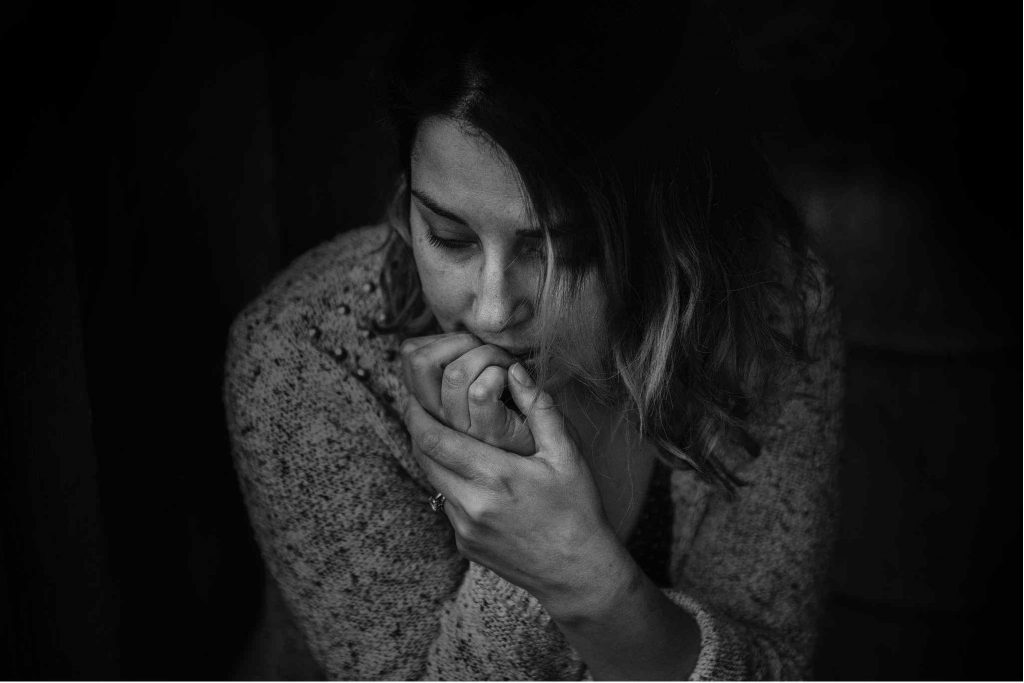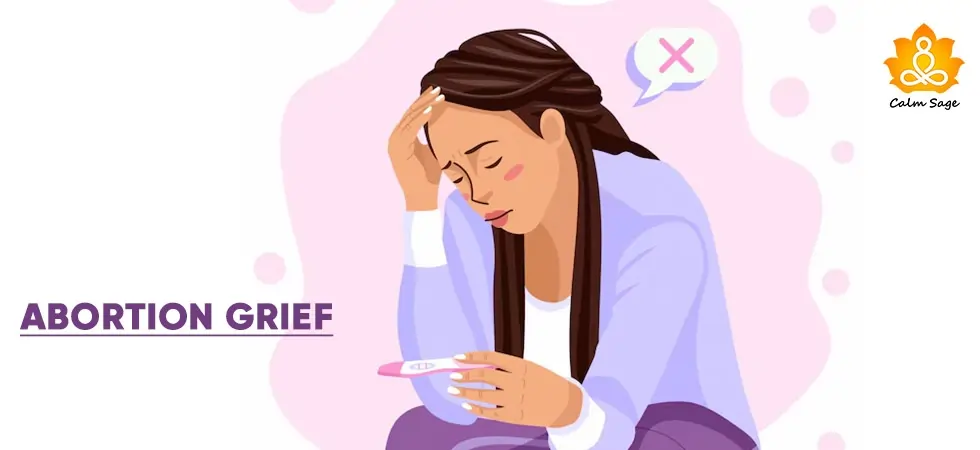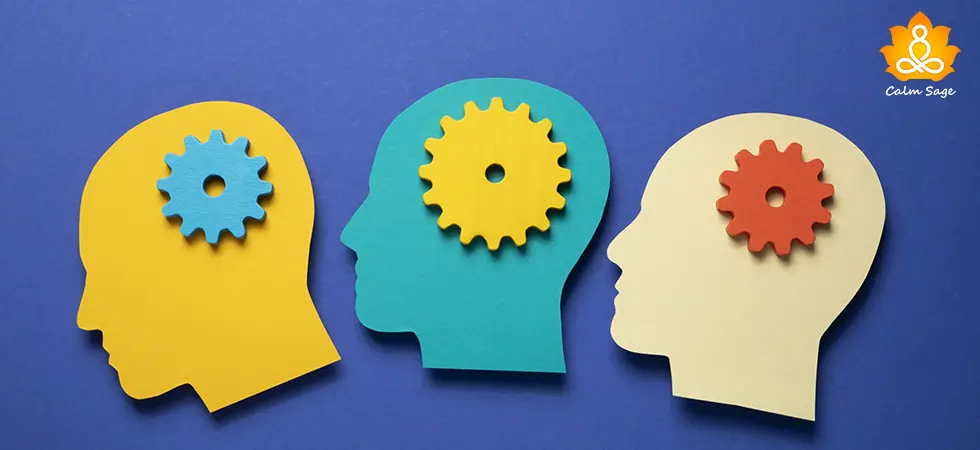Depression Isn’t Just Sadness – Here Are The Stages Of Depression You Should Know

Living with depression is not easy but unfortunately, living with depression is a sad reality for many people around the world. Depression is a serious mental health condition that can manifest in different ways in different people. And trust me, depression is more than just sadness or “feeling blue”.
More than half the population in the world struggles with depression and this number has only increased in the last couple of years, thanks to the global COVID-19 pandemic. Depression can last for days, weeks, months, and even years. That’s one of the reasons why living with depression can be challenging.
Depression is a roller coaster ride without an end. However, before we take the right step and get help, it’s important to understand the stages of depression. Knowing your condition can empower you and give you the power to not let your condition take over your mind and wellness.
Let’s start with taking a look at the types of depression and their characteristics to make things easier for you.
|
Common Types Of Depression |
Their Characteristics |
| Major Depressive Disorder | Most common depressive disorder. Symptoms may last for more than two weeks. |
| Dysthymia or Persistent Depressive Disorder | Is another common depressive disorder. Symptoms may last a year or more. |
Bipolar Depression |
The symptoms may fluctuate between low and high mood swings. |
| Postpartum (or Perinatal) Depression | The symptoms of this depressive disorder manifest during or after pregnancy (usually within a year). |
| Seasonal Affective Disorder (SAD) | The symptoms of SAD occur seasonally. More common during the fall and winter months. (Also read: Spring depression) |
| Situational Depression | The symptoms of this depression type occur after experiencing stress and can last up to 3-6 months. |
| Premenstrual Dysphoric Disorder (PMDD) | The symptoms of this depressive disorder occur before, during, or after the premenstrual or ovulation period (usually lasts for 1-2 weeks). |
Common Symptoms Of Depression To Look Out For

If you suspect depression, then here’s a handy symptoms checklist to help you. Symptoms you should look out for can include,
- Lingering sadness
- Little to no interest in activities you once enjoyed
- Little to no interest in completing your daily activities
- Experiencing weight fluctuations
- Having no energy or motivation
- Feeling exhausted
- Feelings of worthlessness, hopelessness, and helplessness
If you have depression, then you can also look for signs of low self-esteem, fatigue, problems speaking, having a hard time concentrating, difficulty in making decisions, or the inability to follow conversations.
When we talk about the stages of depression, then they may look a lot like the stages of grief. Let’s take a look at the different stages of depression.
The Stages Of Depression

Stage 1: The Manifestation
One of the early stages of depression is the manifestation of the symptoms. This all depends on the event that triggered the symptoms of depression. These events can be the death of a loved one, relationship changes, family issues, addiction, terminal disorders, or other life-changing events. This stage is where your brain undergoes hormonal changes and your mind becomes more receptive to sadness and anxiety.
It is during the early stages of depression that you may also experience insomnia, sleeping too much, or excessive fatigue.
Stage 2: The Establishment (Experiencing Anhedonia)
The second stage of depression is when the symptoms begin to settle. This can be seen when the symptoms of depression continue for more than 2 weeks. Here, sadness and apathy become more prominent and you begin to feel more and more down. This stage is also where you begin to start losing interest in daily activities, hobbies, and interests.
Stage 3: The Withdrawing Stage
Here, during the third stage of depression, the idea of engaging in daily activities becomes uncomfortable and you begin to withdraw socially. This stage is where you isolate yourself from your loved ones, friends, and family. You may also begin to have trouble keeping personal and professional relationships during this stage.
Stage 4: The Hopelessness Factor
The fourth stage of depression is hopelessness and helplessness. These feelings of hopelessness can leave a lasting impact on how you view relationships, behaviors, and the world, in general. Hopelessness is one of the major symptoms of depression and if you find yourself questioning your purpose, then it could be a sign that depression is settling in. These feelings can also be accompanied by feelings of guilt and blame.
Stage 5: The Weight Changes
The next stage is where you begin to experience weight changes. Just like sleep, your weight is now beginning to undergo fluctuations. You are now either eating too much or not eating enough. This symptom can vary from person to person. While some people may experience this stage, some may not so keep a track of your hunger cravings.
Stage 6: The Frequent Mood Swings
Again, this stage may not be experienced by all. Mood swings during depression are common especially if you’re struggling with PMDD or Bipolar depression. It is during this stage of depression that you may experience frequent mood swings such as being irritable, aggressive, or sad. You may also experience feelings of being empty. Keep a track of your emotions during this stage.
Stage 7: The Suicidal Ideation / Self-Harm Stage
The last stage of depression is the most dangerous and poses a serious threat to one’s wellness. This stage of depression is suicidal ideation or the stage where you’re faced with relentless thoughts of self-harm. Suicidal ideation doesn’t mean that you want to follow through with your thinking but it means making plans to follow through. It is important to talk to someone, preferably a professional, once you reach this stage.
If you’re having suicidal thoughts, then you can seek help from these resources:
- Call the National Suicide Prevention Lifelineat 1800-273-8255
- Text “HOME” to the Crisis Text Lineat 741741
- Ask your loved one to stay until you can reach for help
- Remove weapons or sharp objects from your vicinity
Call emergency services if you’re in immediate danger. You can also connect with your local helpline numbers.
How To Get Back On Track?

Healing from depression takes time but by taking one step at a time, you can get back on track and leave the stages of depression behind. You can try:
- Understanding Your Symptoms:Pay attention to your symptoms and see what triggers them. Is there a common factor that keeps triggering your feelings of depression? What symptoms are most common and how long do they last? Take note of them!
- Reach A Therapist:Next, try reaching out to a therapist. Discuss your symptoms with them. If you’re uncomfortable talking to a therapist, you can find online support groups to learn more about your condition.
- Get A Diagnosis:As I’ve mentioned before, the symptoms can look differently depending on the type of depression. The best thing to do here is to get a proper diagnosis from a mental health professional. You need to understand if it is depression or other underlying mental health disorders.
- Make Significant Lifestyle Changes: The best course of action when it comes to treating depression is to get therapy. Psychotherapy can help you manage your negative thinking and symptoms. If your symptoms are severe, then a professional may prescribe medications to go with therapy. Other than this, you can make some lifestyle changes to make sure you’re less stressed and more relaxed.
Wrap Up
Depression is a serious condition that can affect how you feel, act, and function daily. For many, living with depression is a lifelong condition but by taking the right steps aka getting a proper diagnosis, the right treatment, and lifestyle changes, you can learn to control your symptoms and live healthily.
I hope this article helped you understand the different stages of depression and how to get back on track. For more, you can leave us a message on our social media or write us an email at info@calmsage.com.
If you have any questions or concerns, you can share them in the comments below. Don’t forget to share this article with your loved ones and do give us a thumbs up if you found this article helpful.
Take care, stay safe, and be kind.
You are not alone!




















